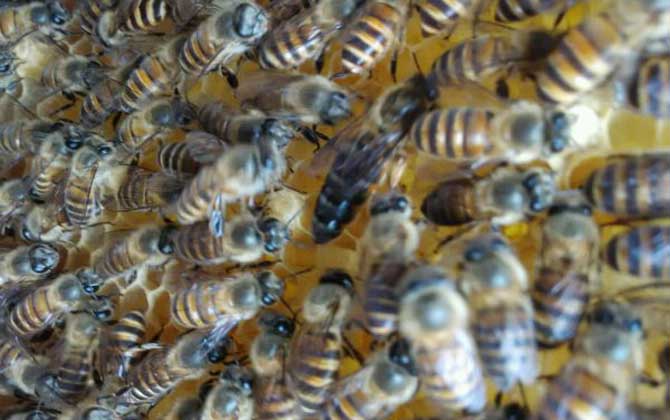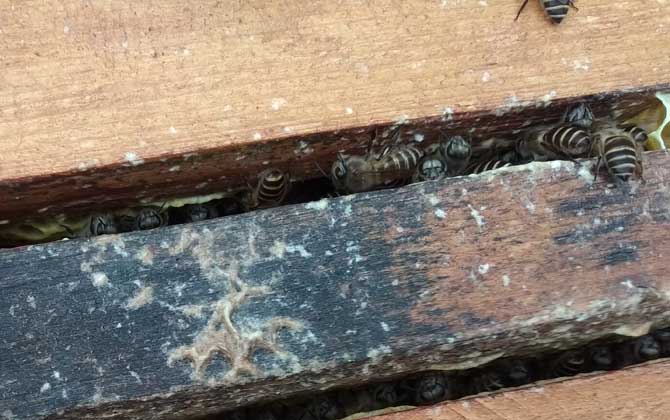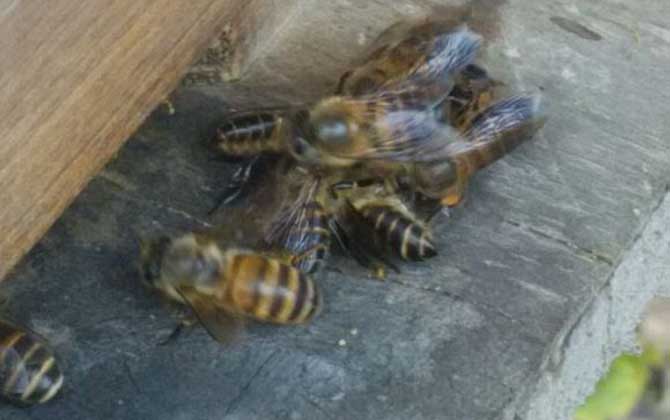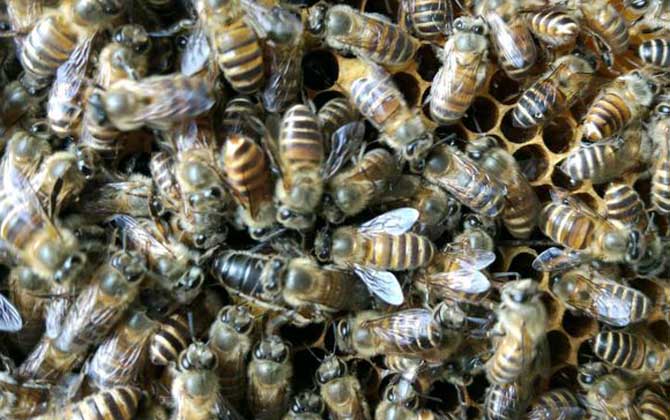Ensuring Safe Wintering for Bees: Feeding Strategies and Key Considerations
Why Winter Feeding Matters
Adequate food supply is crucial for bees to survive winter safely. Strong colonies with sufficient stores can withstand temperatures as low as -40°C (-40°F) through their unique survival mechanisms. During winter, bees form tight clusters and generate heat by consuming honey. Without proper nutrition, colonies face high risks of freezing or starvation. This guide explores optimal sugar feeding frequencies and winter management practices for beekeepers.

I. Winter Survival Mechanisms
As semi-dormant social insects, honeybees exhibit remarkable cold-weather adaptations:
- Cluster Formation: Bees form winter clusters when temperatures drop below 12°C (54°F) for European honeybees or 8°C (46°F) for Asian honeybees
- Temperature Regulation: The cluster maintains core temperatures above 24°C (75°F) through metabolic heat from honey consumption
- Social Organization: Queens remain at the warm center while worker bees rotate positions periodically

II. Regional Wintering Patterns
Wintering duration varies significantly by climate:
| Region | Winter Start | Duration |
|---|---|---|
| Northern China | Early November | 5-6 months |
| Southern China | Late December | 2-3 months |
| Tropical Areas | No distinct winter | N/A |

III. Feed Preparation Methods
While honey remains the ideal food, practical alternatives include:
- Sugar Syrup Formula:
- 1:1 white sugar to water ratio
- Boil water first to eliminate impurities
- Add supplements: 0.1% salt or multivitamin tablets
- Emergency Feeding Options:
- Dry sugar cakes
- Fondant patties
- Pollen substitutes (for late winter preparation)

IV. Feeding Strategies
Optimal Approaches
- 🟢 Best Practice (Pre-winter Preparation)
- – Check hive stores 2-3 weeks before first frost
– Feed until bees stop accepting syrup
– Allow 10 days for moisture reduction - 🟡 Mid-winter Intervention
- – Conduct quick inspections during warm spells (>10°C)
– Use frame feeders for minimal disturbance
– Prioritize strong colonies - 🔴 Daily Feeding (Last Resort)
- – Only for emergency situations
– Use warm syrup (35-40°C) to prevent chilling
– Monitor colony weight daily

V. Essential Winter Management Tips
- ❗️ Complete all major feeding before temperatures drop below 10°C
- ❗️ Maintain proper hive ventilation to prevent condensation
- ❗️ Use mouse guards and reduce hive entrances
- ❗️ Sterilize feeders with 5% vinegar solution between uses
- ❗️ Monitor varroa mite levels in late fall
Additional Considerations
Modern beekeeping innovations can enhance winter survival rates:
- Insulated hive wraps
- Solar-powered thermal monitors
- Moisture-absorbent quilt boxes
- Windbreak installations
By understanding these principles and adapting to local conditions, beekeepers can maintain healthy colonies through winter while preserving bee longevity and spring productivity.